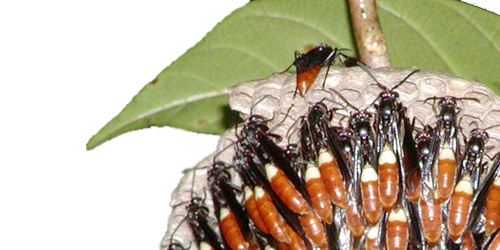Greg and I moved back to our home in Vermont today. Now, instead of weekly visits to the hospital in Boston, we’ll only have monthly visits. This would’ve come much earlier had it not been for the (likely) false diagnosis of CMV and the myelosuppressive therapy that ensued, which may well have been key to my contracting the C. difficile that knocked me down so far. But despite all of this, I’m now doing quite well and feeling very strong.
Last Tuesday during my last weekly visit, I was in the room where nurses take vital signs, and a woman was sitting next to me. She was wearing a mask and gloves, and when this sort of thing happens—when two transplant patients are sitting next to each other—there’s this strange E.T.-and-Elliot thing that goes on; we just want to talk to each other. Or in my case: I can tell they’d like to connect with me, and I usually resist this, being a curmudgeon and all. But on Tuesday, the woman sitting next to me just jumped right in. She started asking me questions about my progress since transplant. I was in a pretty good mood that day, but had this happened on practically any other day, I’d probably have perceived this as rude prying. On this day, I saw it as tolerable prying, so we had a chat. During our discussion, she asked me how far along I was since transplant. I told her just over two months; she was quite surprised. She went on to say that she was six months out, and that I looked so good she thought I might be nine or more months since transplant, but certainly ahead of her.
I was pretty surprised by this reaction, and it made me realize that I just didn’t have any frame of reference for how well I’m recovering relative to the average patient. I’ve always thought that I’ve been doing pretty well, but I’ve never really known. So I asked my physician what he thought. He said emphatically that I was doing much, much better than most in terms of recovery, energy level, activity level, and such. In fact, except for the uncontrollable neuropathy and my problems with the treatment for that (more on that later), I don’t have many complaints. I’m more energetic now than I’ve been in ten years, and my red blood cell count is still rather low, but rising steadily, so more energy is yet to come.
So, despite my setbacks—the main one being the serious blow I took from the C. difficile—I seem to have rebounded and my health status has more than “caught up.” My blood cell counts look great for my stage, and my physician has actually started tapering my immunosuppressives, a month or two early. That means my lymphocytes will come on board earlier (but still many months away), which means protection from viruses. But this could also mean that Graft Versus Host Disease (GVHD) is going to hit soon. But GVHD also means Graft Versus Lymphoma effect: All my cells are me, including any remaining cancer cells that are almost certainly floating around. If—or rather, when my new immune system recognizes that it’s in a body of foreign cells and initiates an attack on my whole body, that attack will be on any remaining cancer cells too. In fact, because this attack is mediated by T-lymphocytes—and those cells normally communicate with B-cells when they initiate an immune response—this means that when GVHD does hit, those T-cells will preferentially seek out B-cells during their attack on my body. As I have B-cell lymphoma, those lingering cancerous B-cells will very likely come into contact with those T-cells that are seeking to fight off my cells. When this happens, the T-cells will recognize that my B-cells are foreign too, and some of those T-cells can kill my cancer cells on the spot (so-called, Cytotoxic T-cells).
So, GVHD is kind of a mixed bag. But one thing is certain from the empirical literature: Long-term survivors of stem cell transplants have mild-to-chronic GVHD. These people are far less likely to relapse, and people who have no GVHD are far more likely to relapse. So even though I’m over some serious infection hurdles, and even though the majority of death risk is clustered in the first three months post-transplant, I’m about to start facing the next challenges.
But I’m happy to be healthy, at least for now. And Greg and I are both very glad to be home. But I think we will both miss our deluxe apartment in the sky-hi-hi. And just for memento, here are some photos of the view we’ve lived with for the last 75 days:

The Prudential Building (tallest), and a couple of others that no one cares about.

Christian Science weirdos. Despite being cuh-ray-zee, their buildings are "truly beautiful to behold," including this lovely library.

More Christian "Scientists," with their absolutely lovely buildings (all the buildings in view are CS buildings in the famed "Church Park.") The shadow cast is from our sixties-built, 1984-style 12-story building (not run by the Christian Scientists . . . as far as we know).






















